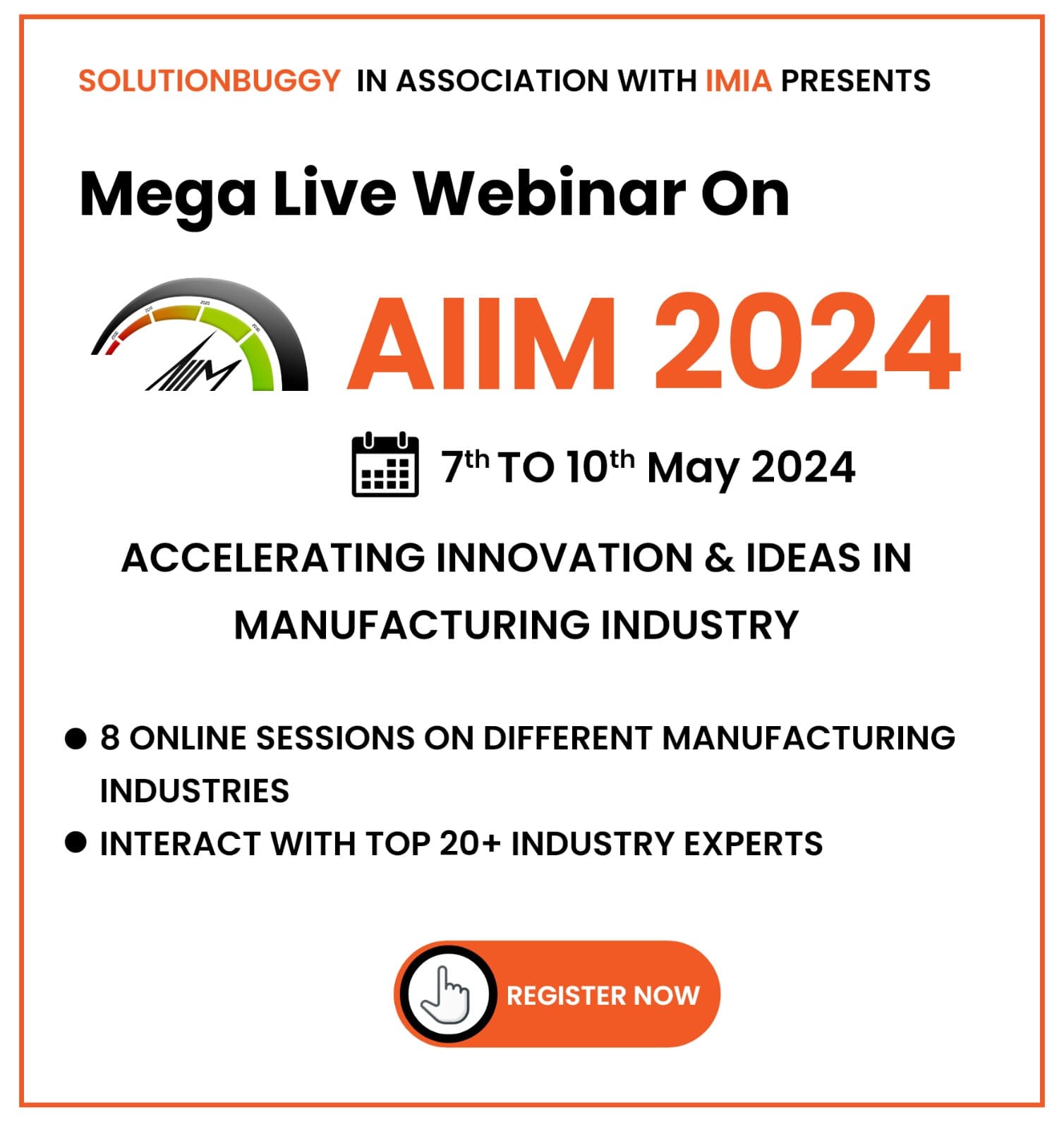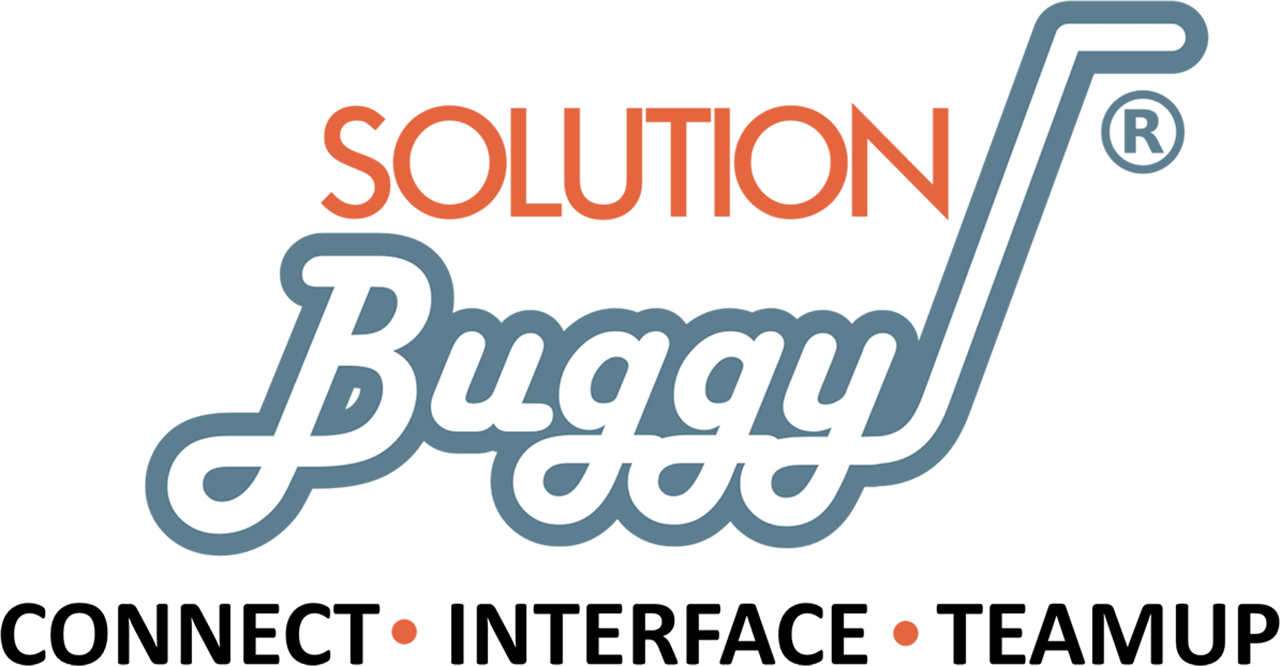1. What are the primary challenges addressed by Lean Manufacturing and JIT?
Lean focuses on waste reduction and uneven workloads, while JIT emphasizes minimizing waste in time, resources, and materials.
2. How does Lean Manufacturing add value to products?
Lean adds value by prioritizing actions or processes that customers are willing to pay for, eliminating non-value-added elements.
3. What distinguishes JIT’s focus from Lean’s in terms of stability?
JIT thrives in stable and consistent processes, aiming to highlight existing problems, while Lean systematically addresses these problems to enhance production.
4. What role does SolutionBuggy play in implementing Lean and JIT principles?
SolutionBuggy acts as a catalyst, connecting manufacturers with experienced consultants for a balanced and efficient implementation of Lean and JIT.
5. How do Lean and JIT methodologies complement each other?
While JIT primarily focuses on inventory management, Lean concentrates on manufacturing and operations management, creating a complementary and synergistic approach to waste elimination and value addition.



